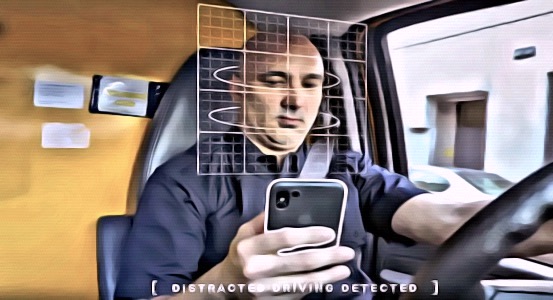
Seamless Transportation
July 28, 2022
Trucking Wages
August 12, 2022Eyes on You

Eye Contact
And then…sometimes Big Brother watching you can be a good thing?
Transport Topics has a fascinating new article about virtual, in-cab driver coaching “to help reinforce safe driving habits, prevent crashes and enhance drivers’ overall performance.”
The technology suite includes onboard camera monitors, software, and a system that provides audible alerts if, say, a driver’s eyes are distracted from the road.
The program also alerts for exceeding posted speed limits and encourages steadier average speed limits. One carrier “learned that its trucks traveling at 68 miles per hour average 5.4 miles per gallon. At a slower speed of 64.5 miles per hour, average miles per gallon increases to 5.8.”
The initial hurdle has been to convince drivers to accept a system of watchful cameras and alerting beeps; there is a difference, they reason, between a driver being in trouble and course corrections designed to increase safety and efficiency.
Some results have been dramatically impressive. The article spotlights a Fort Worth-based company with a fleet serving the oil industry:
“The company in 2021 recorded an 86% decrease in preventable accident costs and a 43% decrease in workers’ compensation costs compared with the previous year.”
Those are remarkable percentages.
Consider that some 70% of our deliveries throughout the nation are handled by truck. There are about half a million accidents on the road every year involving 18-wheelers. Those accidents can and do involve injury and death, vehicle damage and workmen’s compensation. You can’t put a price on human life. You can, however, put a price on vehicle repairs and lawsuits. Anything that safely helps make our roads safer would seem to be a great investment.
Another fascinating angle is using the technology to show that a driver involved in an accident was or was not at fault, which could assist in saving the time and money involved in litigation.
This is not just about in-the-moment course corrections. The long view is a safer highway for everyone. The first challenge: drivers being okay with technology watching them watch the road.
